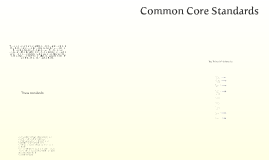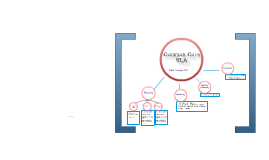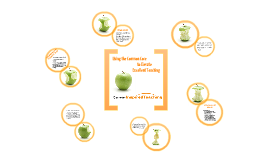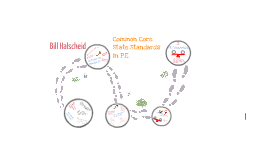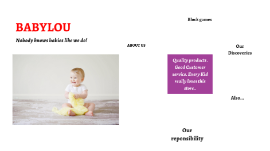Common Core
Transcript: Key Ideas and Details 1. Read closely to determine what the text says explicitly and to make logical inferences from it; cite specific textual evidence when writing or speaking to support conclusions drawn from the text. 2. Determine central ideas or themes of a text and analyze their development; summarize the key supporting details and ideas. 3. Analyze how and why individuals, events, and ideas develop and interact over the course of a text. Craft and Structure 4. Interpret words and phrases as they are used in a text, including determining technical, connotative, and figurative meanings, and analyze how specific word choices shape meaning or tone. 5. Analyze the structure of texts, including how specific sentences, paragraphs, and larger portions of the text (e.g., a section, chapter, scene, or stanza) relate to each other and the whole. 6. Assess how point of view or purpose shapes the content and style of a text. Integration of Knowledge and Ideas 7. Integrate and evaluate content presented in diverse formats and media, including visually and quantitatively, as well as in words.* 8. Delineate and evaluate the argument and specific claims in a text, including the validity of the reasoning as well as the relevance and sufficiency of the evidence. 9. Analyze how two or more texts address similar themes or topics in order to build knowledge or to compare the approaches the authors take. Range of Reading and Level of Text Complexity 10. Read and comprehend complex literary and informational texts independently and proficiently. Conventions of Standard English 1. Demonstrate command of the conventions of standard English grammar and usage when writing or speaking. 2. Demonstrate command of the conventions of standard English capitalization, punctuation, and spelling when writing. Knowledge of Language 3. Apply knowledge of language to understand how language functions in different contexts, to make effective choices for meaning or style, and to comprehend more fully when reading or listening. Vocabulary Acquisition and Use 4. Determine or clarify the meaning of unknown and multiple-meaning words and phrases by using context clues, analyzing meaningful word parts, and consulting general and specialized reference materials, as appropriate. 5. Demonstrate understanding of figurative language, word relationships, and nuances in word meanings. 6. Acquire and use accurately a range of general academic and domain-specific words and phrases sufficient for reading, writing, speaking, and listening at the college and career readiness level; demonstrate independence in gathering vocabulary knowledge when encountering an unknown term important to comprehension or expression. http://educationnorthwest.org/resource/1280 http://www.successforall.org/CommonCore/?gclid=CI6t39et3rICFStgMgodx2QAog http://www.corestandards.org/ http://www.metrofamilymagazine.com/November-2011/The-Impact-of-Common-Core-State-Standards-on-Your-Student/ http://www.nassp.org/tabid/3788/default.aspx?topic=The_Common_Core_Challenge_for_ELLs http://www.corestandards.org/assets/application-for-english-learners.pdf http://www.ride.ri.gov/Instruction/DOCS/CommonCore/DL/August_CCSS.pdf http://educationnorthwest.org/resource/1756 http://www.commoncore.org/ourreports.php http://teaching.about.com/od/assess/f/What-Are-Some-Pros-And-Cons-Of-The-Common-Core-Standards.htm http://commoncore.pearsoned.com/index.cfm?locator=PS11So Disadvantages for Teachers Language Grow vocabularies help prepare students for real life experience at college and in 21st century careers. The standards recognize that students must be able to use formal English in their writing and speaking but that they must also be able to make informed, skillful choices among the many ways to express themselves through language. Common Core State Standards "College and Career Readiness" History of the Common Core Standards Math Standards for grades K-12 Standards for Mathematical practice: Make sense of problems and persevere in solving them. Reason abstractly and quantitatively. Model with mathematics Use appropriate tools strategically. Construct viable arguments and critique the reasoning of others. Attend to precision Look for and make use of structure. Look for and express regularity in repeated reasoning High School Elements of Math Standards Anchor Standards for Speaking and Listening Anchor Standards for Writing Conventions of Standard English 1. Demonstrate command of the conventions of standard English grammar and usage when writing or speaking. 2. Demonstrate command of the conventions of standard English capitalization, punctuation, and spelling when writing. Knowledge of Language 3. Apply knowledge of language to understand how language functions in different contexts, to make effective choices for meaning or style, and to comprehend more fully when reading or listening. Vocabulary Acquisition and Use 4. Determine or clarify the meaning of unknown and multiple-meaning words and







